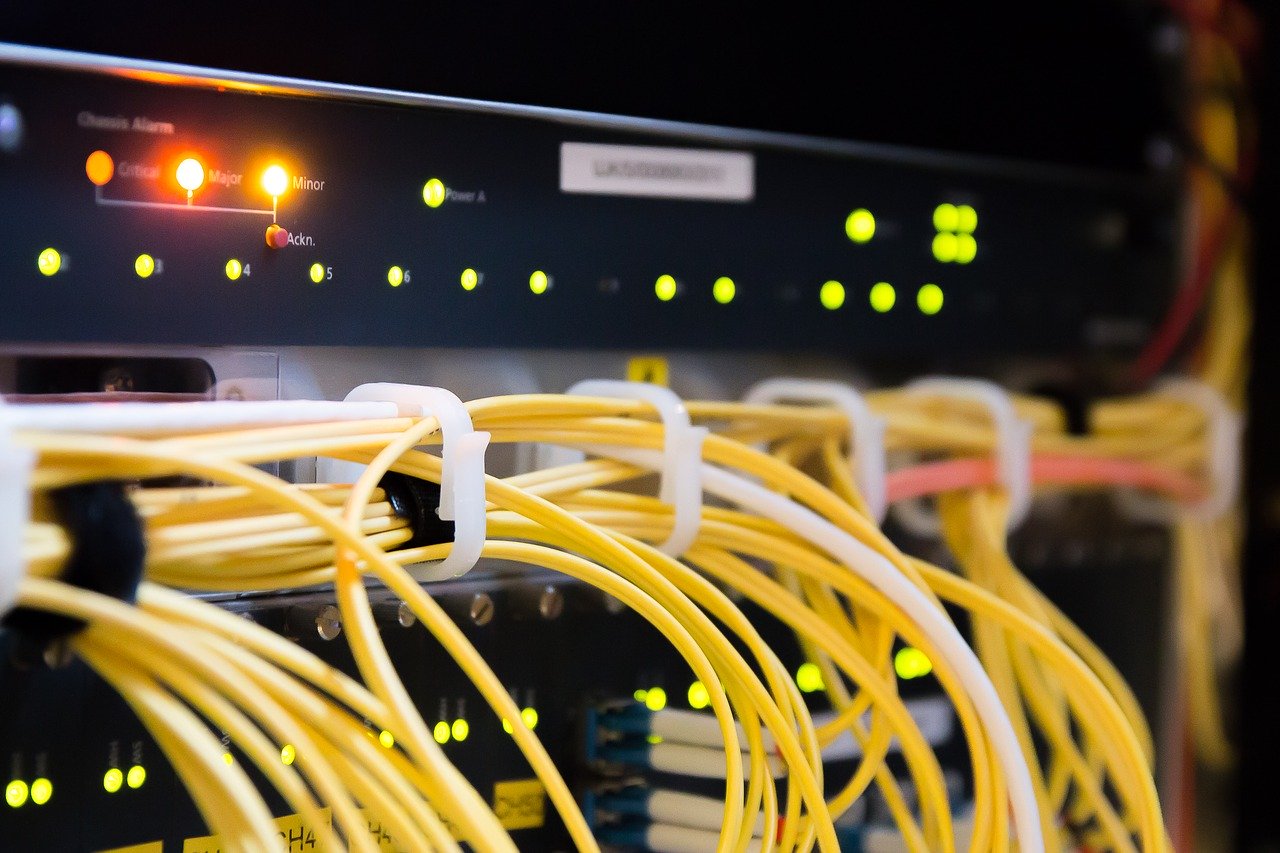Internet service providers are aplenty. You can search around online, look for reviews, look into the services of each, the additional perks and so much more until you find the right one.
But looking deep into the services of an ISP isn’t the main goal here because there are varied internet types. Some are even concoctions of multiple internet types fused into one. A common example being fiber-powered cable internet.
But the popularity of internet connection types depends on many factors. With one factor being the connection coverage and nationwide availability. Keeping these two factors in mind, the two widely available internet types are DSL and cable broadband.
Contents
A Brief Comparison
So which one should you choose? Do both stand on a single stance equally? Or is one better than the rest? What are the perks? The cons? We have done the research for you so you won’t have a daunting time to find the ideal connection for yourself.
DSL internet
DSL (Digital Subscriber Line) basically runs through telephonic lines but it is not dial-up internet. Since these are extended out of a phone line, setting up one isn’t a hassle as a fair amount of homes in the U.S. already are wired up for phone line services.
The nationwide coverage of DSL internet is also quite fair and currently covers a whopping 89% of the country. Then we move on to the existing DSL ISPs out of which the three prime contenders are Frontier, CenturyLink and AT&T. All three providers bestow DSL connections as well as fiber broadband in select areas. But each ISP offers wider availability of DSL internet.
DSL – Internet Speeds
Now on to the main concern of potential internet subscribers – the speeds. It’s self-explanatory that the pricing plans are divided in various tiers but the max download speed range is what one should consider.
So how far do DSL speeds ascend? A 100 Mbps or so. The average speed required for streaming Netflix is 5 Mbps and for playing online games, multiplayer or not, is around 15-20 Mbps. 100 Mbps is quite higher than the average speed allotted for basic browsing, standard internet downloaders, streamers and even hardcore gamers.
But in comparison to the internet speeds of DSL (supposedly 10 Mbps) and cable broadband, 10 Mbps wouldn’t suffice if multiple users are glued to their screens streaming or there’s a gaming marathon scheduled at a friend’s place.
To know your internet speed needs better, the only recommended solution is to consult it out with a dedicated DSL internet provider and know the relevant answers.
Cable Broadband – Brief
Every U.S. citizen is familiar with coaxial cable. It’s pretty common for households having cable TV connectivity. The internet is delivered through the coaxial cable lines that are used to connect cable TV to households.
The cherry on the top is that if speed is the predicament at hand, cable outweighs DSL connections easily.
Availability of cable internet in nationwide and it covers 88% of the population. That’s a diverse number and many close-knit or far-flung neighborhoods of the U.S. serviced by cable broadband providers.
The coverage of cable internet in the U.S. is also quite decent. Not many nooks and crannies of the country go untouched by cable broadband.
While there are many contenders in the cable internet regime, Spectrum is one prime cable broadband contender that takes the cake with its galore of Spectrum Dallas and the various levels of customizable speeds it offers with the leverage to bundle up cable TV and phone services along with high-speed internet.
Cable – Internet Speeds
The real deal here is the internet speeds through cable broadband and just how swift these speeds can get in comparison to DSL.
The internet plans bestowed by a cable provider encompass plans sufficient for internet users that hog down bandwidth or just need it for streaming or standard surfing purposes.
How fast is cable internet speed? The internet speeds aren’t fixed.
There’s a specific range and the max speed is what the cable speeds touch up to only. However, these speeds can even touch gig levels which a DSL connection cannot.
Relatively, multiple device connectivity, few minutes to download large files and even video conferencing becomes the norm.
To Conclude
The key takeaway here is that in the realm of broadband where the two prime contenders are cable and DSL, cable broadband is surely king. But it doesn’t imply DSL falls short on anything in particular.
It’s just cable broadband is faster, comparatively enhanced and even caters to the televisual needs of relevant subscribers.
The Daily Buzz combines the pursuit of interesting and intriguing facts with the innate human desire to rank and list things. From stereotypical cat pictures to crazy facts about the universe, every thing is designed to help you kill time in the most efficient manner, all while giving you something to either laugh at or think about!
